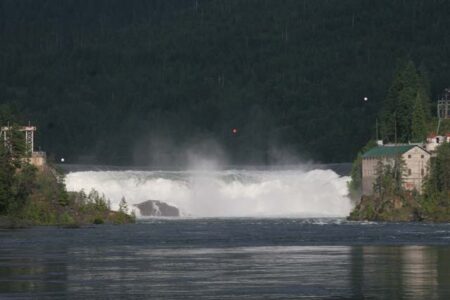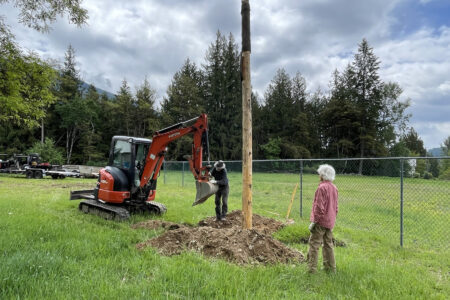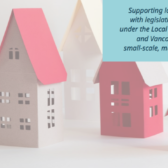Nova Scotia, New Brunswick rely on equalization while shunning resource development
The Fraser Institute
Equalization payments are discouraging at least two provinces — Nova Scotia and New Brunswick — from developing their natural resources and generating prosperity for their residents, finds Nova Scotia, New Brunswick and the Equalization Policy Crutch, a new essay released jointly today by the Fraser Institute and the Atlantic Institute for Market Studies (AIMS), two independent, non-partisan Canadian public policy think-tanks.
“Equalization makes it easier for Nova Scotia and New Brunswick to forego natural resource development that would help spur economic growth while Saskatchewan, for example, is developing its natural resources and is now a net contributor to Canada’s equalization program,” said Ben Eisen, director of research and programs at AIMS.
Through annual payments, Canada’s federal equalization program redistributes income to poorer provinces. From 2005/06 to 2013/14, New Brunswick received $14.5 billion in equalization while Nova Scotia received $12.9 billion.
Yet New Brunswick recently introduced a moratorium on hydraulic fracturing (also known as fracking) despite the province’s estimated 15 trillion cubic feet of known shale gas reserves. And Nova Scotia, with its 120 million cubic feet of natural gas and eight billion barrels of oil, recently extended its own fracking moratorium.
“Resource development is a proven prosperity driver, but by banning fracking, the governments of Nova Scotia and New Brunswick are keeping the door shut on a potential source of jobs, economic growth and government revenue,” said Mark Milke, study co-author and senior fellow at the Fraser Institute.
The study finds that on a wide range of economic measures, Nova Scotia and New Brunswick perform poorly compared to most other provinces.
For example, in 2013 only Prince Edward Island had an average household income lower than Nova Scotia ($37,456) and New Brunswick ($36,373) whereas Saskatchewan ($44,288) ranked second in Canada.
Moreover, from 2004 to 2013, the average unemployment rate in Nova Scotia (8.6 per cent) and New Brunswick (9.2 per cent) ballooned over rates in Saskatchewan and Alberta (4.7 per cent each) where many young Maritimers have moved in search of work.
And from 2004 and 2013, only Prince Edward Island attracted less private sector investment than Nova Scotia and New Brunswick.
“If the governments of Nova Scotia and New Brunswick want to help create more jobs at home, raise incomes for workers, and increase tax revenues for their respective governments, they should pursue policies that do not harmfully restrict natural resource development,” Eisen said.

























